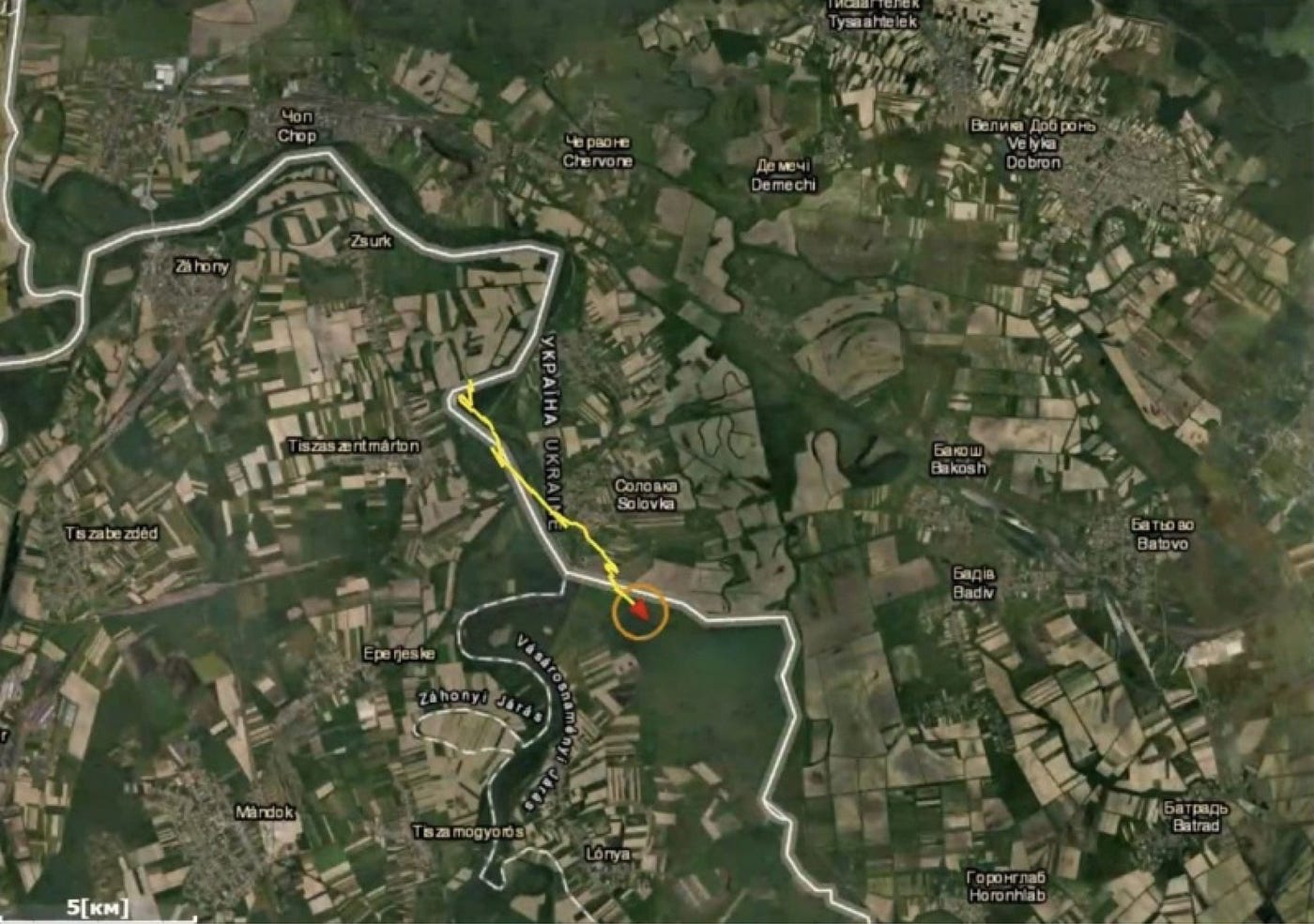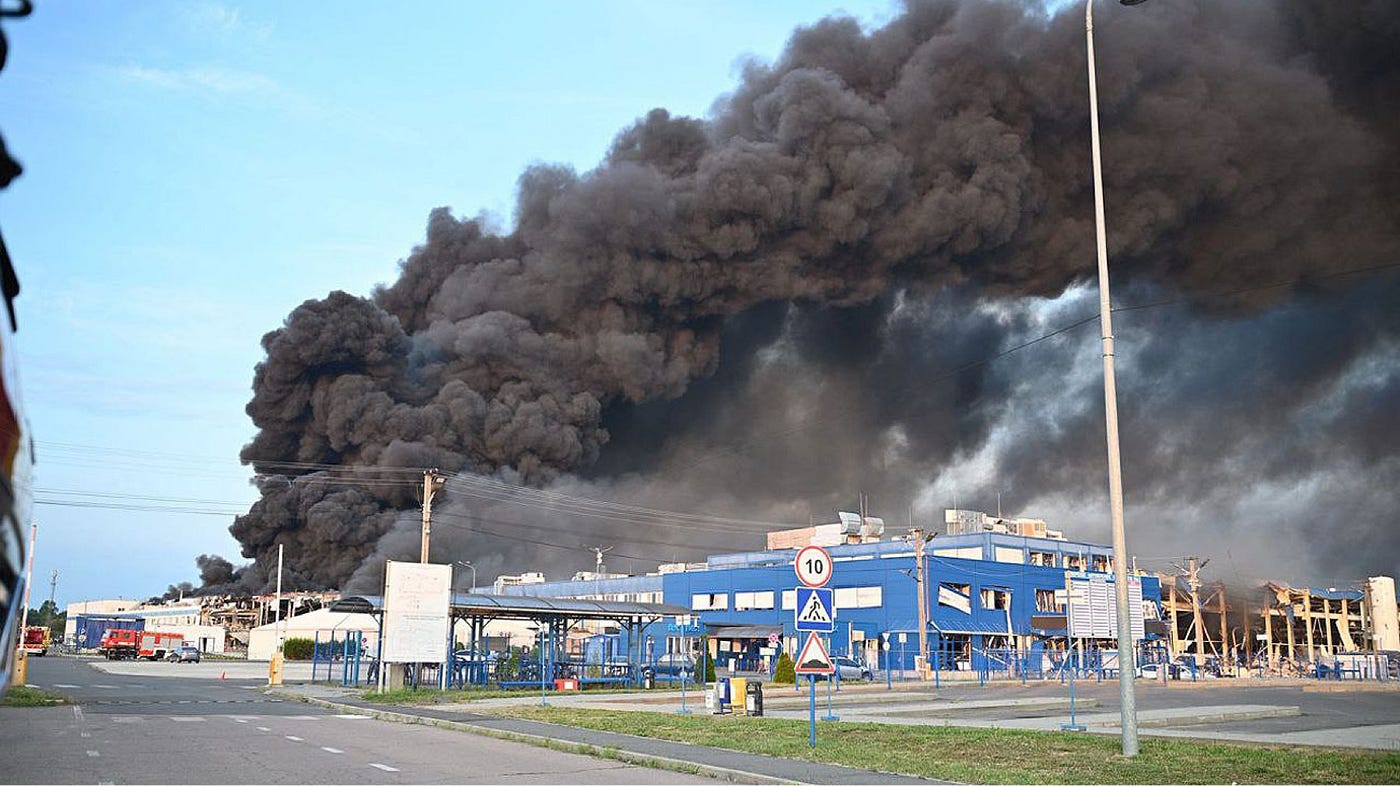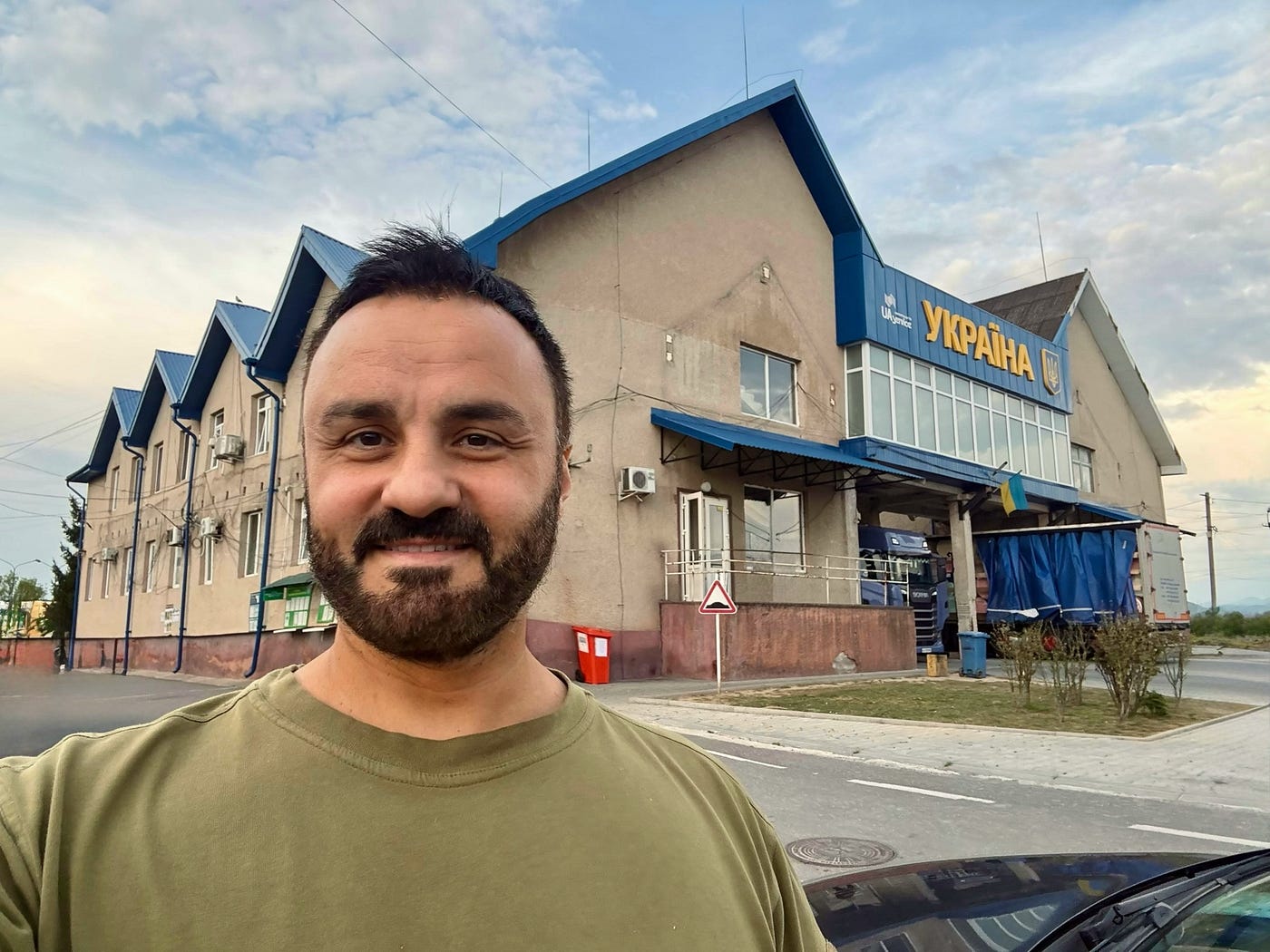By: Giorgio Provinciali
Live from Ukraine
Mukachevo – Last Friday, the General Staff of the Ukrainian Armed Forces reported that a drone violated Ukrainian airspace twice, entering from the Hungarian side at different altitudes.
«To neutralize this potential threat» – the official statement read – «the Ukrainian Defense Forces conducted airspace patrols over the Uzhhorod district using a Chaklun-KM drone unit from the ZSU Unmanned Division.»


Commenting on the images released by the Ukrainian General Staff to illustrate the events, President Zelensky stated that «using reconnaissance drones, Hungary may have been monitoring the potential of the Ukrainian defense industry.»
The Hungarian authorities initially denied the reconstruction of this scenario, brazenly responding to these serious accusations via Foreign Minister Péter Szijjártó. According to him, Zelensky was imagining things and was «so mad, so obsessed with anti-Hungarian sentiment to even see ghosts.»Then they downplayed the matter, implicitly admitting the possibility of border incursions but dismissing them through the Hungarian prime minister himself as «something Ukraine shouldn’t worry about.»
«Two, three, or four Hungarian drones, whether or not they crossed the border, are not a problem, since Ukraine is not a sovereign and independent country,»Viktor Orbán said contemptuously on the podcast “Fighter’s Hour” produced by his Fidesz party, adding that «If we, that is, the West, decided not to give her even a single forint, Ukraine could shut down tomorrow.»

To give readers an idea of the scale of the issue, we revisited those areas of the Transcarpathian region where, on May 9th, several Hungarian intelligence agents were unmasked by Ukrainian agents while collecting security information in that area, testing potential vulnerabilities in air and ground defenses, and gauging local sentiment about a possible Hungarian military invasion.

A little over three months later, on the night between August 20th and 21st, a violent Russian attack rocked the city of Mukachevo (located near the Ukrainian border with Hungary and Slovakia), causing a fire so widespread that it affected an area of ??approximately 7,000 square meters.
Talking with residents of those areas, we indeed sensed a certain unease, heightened by suspicions of a traitorous neighbor aiding those strikes by passing valuable information to Moscow. «We have never suffered a direct Russian attack since the beginning of the war. Then there was indeed ‘a certain coming and going’ and we realized that every movement was being tracked by not-so-discreet observers» – reported a civilian present in Mukachevo at the time of the bombing of the local «Flex» plant (owned by the United States).
On that night, the Russians attacked Ukraine with 574 drones, four Kinzhal aeroballistic missiles, two Iskander-M ballistic missiles, 19 Kh-101 cruise missiles, and 14 Kalibr-type missiles, forcing the local emergency service to divert the wounded between the hospitals of Novak Zakarpattia and St. Martin. The launch of these types of missiles would have benefited from monitoring Ukrainian industrial facilities near the borders with the two most staunchly pro-Russian countries in the European Union. It’s no coincidence that on August 26 (the day Hungarian drones were detected invading Ukrainian airspace), Slovakia and Hungary were excluded from the high-level video conference on building a ‘drone wall’ along the EU’s eastern border.

In the past few hours, the Office of Prime Minister Gergely Gulyás in Budapest announced that it had banned 12 Ukrainian newspapers («Hromadske,» «TSN,» «Obozrevatel,» «Ukrainska Pravda,» «European Pravda,» «NV,» «LB.ua,» «Insider INFO,» «UA Online,» «Anons Zakarpattia,» «Zakarpattia online,» and «Ungvar.uz») in retaliation for Kyiv’s blocking of the Hungarian news channels «Origo» and «Demokrata» (known for their strong criticism of the EU, NATO, military support for Ukraine, and sanctions policy toward Moscow).
The perceived risk in Transcarpathia is that Hungary, exploiting its strategic ambiguity, is secretly supporting Moscow, creating a new source of instability within the EU.

匈牙利来的间谍无人机盘旋在乌克兰西部
作者:Giorgio Provinciali
来自乌克兰的现场报道
Mukachevo ——上周五,乌克兰武装部队总参谋部报告说,一架无人机从匈牙利一侧以不同高度进入,两次侵犯乌克兰领空。
官方声明中写道:“为了消除这种潜在威胁,乌克兰国防部队使用来自乌克兰武装部队无人机师的 Chaklun-KM 无人机部队在乌日霍罗德地区进行了空域巡逻。“
(图片由乌克兰总参谋部发布)
泽连斯基总统在评论乌克兰总参谋部发布的关于此事件的影像时表示,「匈牙利可能正在使用侦察无人机监测乌克兰国防工业的潜力。」
匈牙利当局最初否认了乌方对这一情况的说法,并通过外交部长 Péter Szijjártó 厚颜无耻地回应了这些严厉的指控。据他说,泽连斯基是在想像事情,“太疯狂了,痴迷于反匈牙利情绪,甚至看不到鬼魂”。然后他们淡化了这件事,隐含地承认了边境入侵的可能性,但匈牙利总理本人认为这是「乌克兰不应该担心的事情」而将其一笑置之。
“两架、三架或四架匈牙利无人机,无论它们是否越过边境,都不是问题,因为乌克兰不是一个主权和独立的国家”,欧尔班·维克多轻蔑地在他的青民盟党制作的“战斗者时刻”播客中说道,并补充说,“如果我们,也就是西方,决定不给她哪怕一个福林(匈牙利货币),乌克兰明天就会关门大吉。“
(图:我在前往穆卡切沃时,途经乌克兰外喀尔巴阡地区时拍摄了这张照片 — 所有,Giorgio Provinciali)
为了让读者了解这个问题的重要性,我们重新走访了外喀尔巴阡地区,在5月9日,乌克兰特工在那里揭露了几名匈牙利情报人员,他们在该地区收集安全信息,测试空中和地面防御的潜在漏洞,并评估当地民众对于可能的匈牙利军事入侵的看法。
(图:8月20日至21日晚上,俄罗斯袭击穆卡切沃的结果 – 图片由乌克兰真理报提供)
三个多月后,在8月20日和21日晚间,俄罗斯对穆卡切沃市(位于乌克兰与匈牙利和斯洛伐克边境附近)发动了猛烈袭击,引发了一场蔓延范围约7000平方米的大火。
与这些地区的居民交谈后,我们确实感到了某种不安,由于人们怀疑一个叛徒邻居通过向莫斯科传递有价值的讯息来协助这些袭击而加剧了这种不安。“自战争开始以来,我们从未遭受过俄罗斯的直接攻击。然后确实有「某种来来去去」,我们意识到每一个动作都被不那么谨慎的观察者追踪了”——当地「Flex」工厂(美国拥有)爆炸时,一名平民在穆卡切沃报告说。
那天晚上,俄罗斯人用574架无人机,四枚“匕首”空射弹道导弹,两枚“伊斯坎德尔-M”弹道导弹,19枚Kh-101巡航导弹和14枚“口径”型导弹袭击了乌克兰,迫使当地紧急服务部门将伤员转移到Novak Zakarpattia和St. Martin医院。发射这些类型的导弹得益于在乌克兰与欧盟中两个最坚定的亲俄国家边境处监视乌克兰的工业设施。8月26日(匈牙利无人机被发现入侵乌克兰领空的那一天),斯洛伐克和匈牙利被排除在关于沿欧盟东部边界建立「无人机墙」的高级别视频会议之外,这并非巧合。
(图:我们在顿巴斯期间拍摄的在我们头顶的一架俄罗斯无人机,乌克兰– 版权所有,Giorgio Provinciali)
在过去的几个小时里,匈牙利总理府在布达佩斯宣布禁止12家乌克兰报纸(«Hromadske», «TSN», «Obozrevatel»,» «Ukrainska Pravda», «European Pravda», «NV», «LB.ua», «Insider INFO», «UA Online», «Anons Zakarpattia», «Zakarpattia online» 和 «Ungvar.uz»),以报复基辅封锁匈牙利新闻频道«Origo»和«Demokrata»(以强烈批评欧盟、北约、对乌克兰的军事支持以及对莫斯科的制裁政策而闻名)。
在外喀尔巴阡地区感受到的风险是,匈牙利正在利用其战略模糊性,秘密支持莫斯科,从而在欧盟内部制造新的不稳定因素。
(图:前往乌克兰西部边境——版权所有,Giorgio Provinciali)